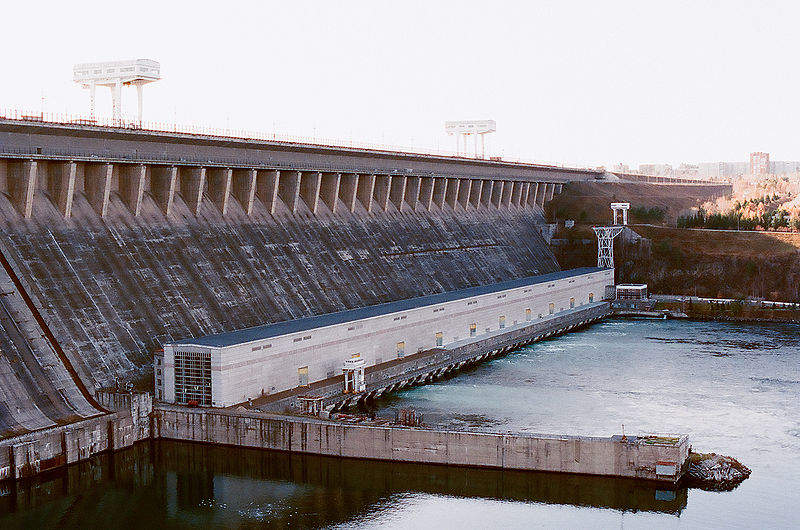
Attempts to enact a global shift to renewable energy sources has given rise to a spate of plans for hydropower dams across Southeast Asia, eastern and southern Africa and South America, in a race to dominate the burgeoning industry.
The scale and rapidity of construction plans have, however, caused critics to warn of its dangers, with the recently collapsed dam in Laos providing a tangible example of exactly how the rush for hydropower can turn deadly.
Scarlett Evans looks at just what benefits the energy source holds.
What is hydropower?
Hydropower was one of the first sources of energy to be harnessed to turn wheels and perform mechanical tasks in early industrial machinery before being adapted more recently to generate electricity. Now, according to the International Energy Agency, hydropower is the largest source of renewable energy in the world, accounting for around 17% of the world’s electricity.
A reduction of larger projects developed in China and Brazil has meant net capacity growth has dwindled in recent years, but cumulative capacity is still predicted to increase by a further 119GW by 2022.
The rise in hydropower comes hand-in-hand with a global shift towards renewable energy sources in a bid to achieve the clean air targets set in the 2015 Paris Agreement and cut down on carbon emissions generated by traditional fossil fuels.
What are the benefits?
Hydropower derives from moving water and so is a clean energy source with the only pollution occurring during the construction of the hydroelectric plants. No water is consumed in the process, but rather electricity is produced from the kinetic movement of the water’s flow.
Once operational, hydropower plants produce a reliable source of energy as adjusting the energy output is a relatively simple task, raising or lowering the water flow in accordance with consumer needs. As hydroelectric plants immediately provide power to the grid, they can provide essential backup power during major electricity outages or disruptions. Nations with an existing resource of hydropower often use it as a base load energy source.
Water is a domestic energy source, meaning countries with a water supply can produce their own electricity independently of international fuel supplies. Hydroelectric sites can also offer flood control, irrigation and water supply to areas.
Unlike wind and solar, which are dependent on the time of day and weather conditions, water is always available. In addition, hydropower is one of the cheapest types of energy to source. While the construction and installation of infrastructure can be expensive, once the facilities are established harnessing energy from water is low cost. Sites also tend to have a long lifespan, with the average plant lasting between 50 and 100 years.
What are the negatives?
Perhaps the most notable detrimental effect of hydropower is the potential disruption facilities pose to ecosystems. Damming water and installing roads and power lines changes the flow, depth and velocity of water and can impact fish habitats, as well as their mating and feeding patterns.
In addition, woodlands are often disturbed as a large amount of space is required for the installation of facilities, sometimes necessitating the felling of trees to make space and disrupting any wildlife in the area. The machinery used in the construction period can also prove damaging, not only through disturbing animals and plant life and nearby communities, but also in the greenhouse gases emitted.
Holding such vast amounts of water can also be dangerous, as proven with the recent flooding in Laos following the collapse of the Xe-Pian Xe-Namnoy hydroelectric power plant. When construction of the dam was almost complete, the ‘saddle dam’ broke following a period of heavy rain in the area, causing thousands to lose their homes and the deaths of at least 26 people.
A report released in December last year by the London School of Economics (LSE) warned against the multiple hydropower plants planned for construction in eastern and southern parts of Africa. It argues that they could in fact increase disruptions to electricity supply as many of the sites will depend on similar rainfall patterns, and as such will be susceptible to the same dry periods.
Lead author of the study Professor Declan Conway said the results “underline the need for effective planning of hydropower in Africa”, something which seems true of all future hydropower projects.



